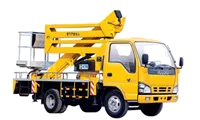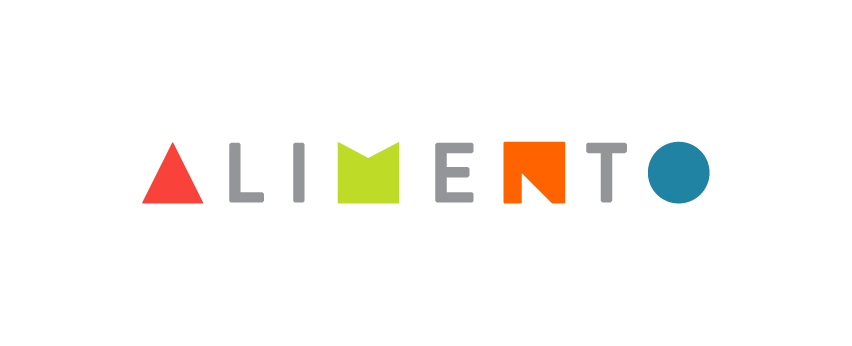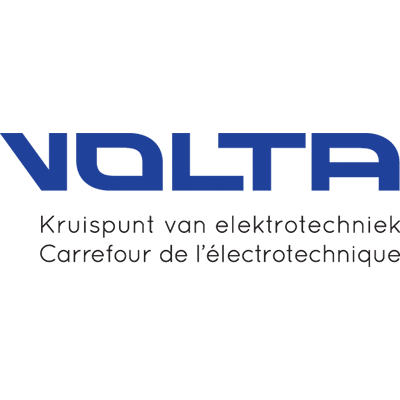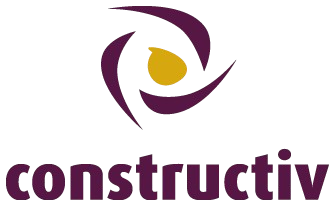What is a static boom lift:
These aerial work platforms have no counterweight.
They are stamped and are not mobile when in use.
The work platform can make vertical and horizontal movements.
Content:
This training includes 3 hours of theory in group and 2 to 12 hours of practice per participant.
Theory:
- Legislation
- Know the basics of legislation: ARAB, Codex, liabilities and responsibilities.
- Risks and accidents
- Be able to identify, analyze and control risks specific to equipment and space.
- Safety regulations
- Knowing the safety regulations such as there are: stamping AWP, stamping pressure, safe entry and exit, maximum platform load, staying within the work platform, electrocution risk, environmental risks (e.g. uneven, unpaved terrain, narrow places, slopes, limited visibility), wearing fall protection, demarcation of the workplace, signaling, rules when driving, risks of crushing limbs, risks of batteries.
- Various types and inspection requirements
- Different types of aerial work platforms + inspection requirements
- Knowledge of arm structure: main arm, telescopic parts, jib arm, riser, stability rules, tilting moment, flight height diagram, action of dynamic forces.
Influence of wind on the AWP. - Controls
- Data rating plate, pictograms, braking system, control system, emergency stop, deadman’s control, emergency lowering device, work platform design, load torque limiter, gyroscope, tools horizontal arrangement.
- Know the elements that make up the start control: notification requirement and procedure out of service, check optical and acoustic signaling, check fluid levels, damage to the device, check tires, battery charger, functional test of the device, test of emergency lowering device, leaks hydraulic system.
- Working safely
- Load diagram, stability and load moment limiter.
Knowing how to use the machine safely, to what heights and angles of inclination.
To know what checks and action to perform at the end of work (parking, charging batteries, refueling).
Practice:
- Be able to perform daily inspection correctly, recognize dangerous defects and report them
- Checking inspection documents
- Applying the safety rules
- Stamping
- Learning to use a safety harness correctly
- Operating the emergency descent system
- Being able to use the controls correctly
- Using good driving technique: forward, backward, turning, parking.
- Be able to perform the following maneuvers: turning and cornering forwards and backwards, passing through narrow passages, approaching an object in height, capping to maximum flight, correct use of the telescopic arm, be able to estimate distances, depth and height.
- Apply order and cleanliness (e.g., work platform, falling objects)
- Being able to set up the device safely
- Using the emergency control
- Controlled maneuvering, raising platform to maximum height












